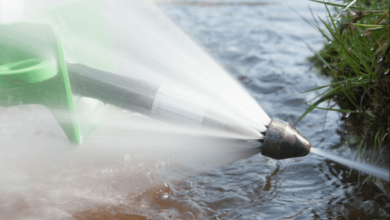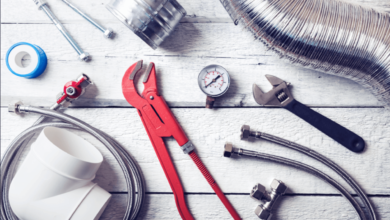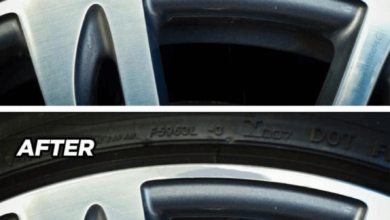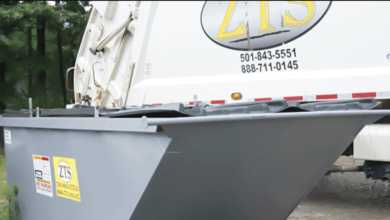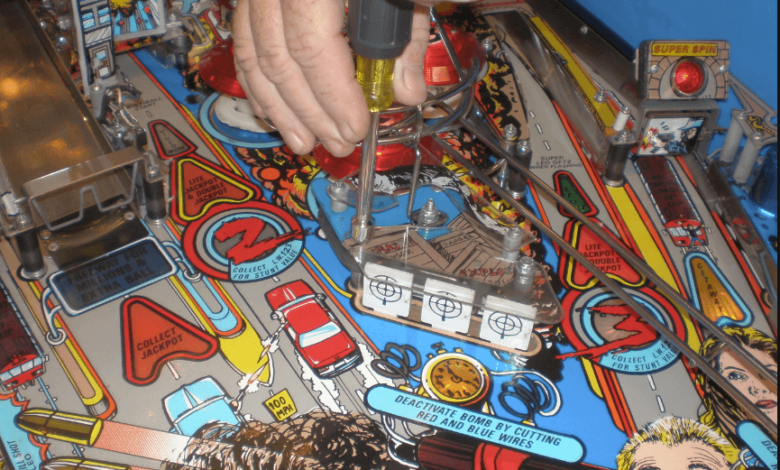
Pinball Machine Repair: Keeping the Ball Rolling
Pinball machines have been a source of entertainment and nostalgia for decades. These mechanical marvels captivate players with their flashing lights, intricate mechanisms, and challenging gameplay. However, like any complex machine, pinball machines can experience issues and require repair. In this article, we will explore the world of pinball machine repair, discussing common problems, troubleshooting techniques, and maintenance tips to keep your beloved machine in optimal condition.
Pinball Machine Repair: Keeping the Ball Rolling
Pinball machines offer endless hours of entertainment, but over time, they may encounter issues that require repair. By understanding the various components and employing the right techniques, you can ensure your pinball machine stays in top-notch condition.
Understanding Pinball Machine Components
To effectively repair a pinball machine, it’s crucial to familiarize yourself with its key components. Here are the main parts you should be aware of:
The Playfield
The playfield is the heart of a pinball machine. It features artwork, targets, ramps, and other elements that provide the playing surface for the ball.
Flippers and Bumpers
Flippers are responsible for launching and guiding the ball. Bumpers, on the other hand, create exciting rebounds and keep the gameplay dynamic.
Plungers and Ball Launchers
Plungers and ball launchers are mechanisms used to propel the ball onto the playfield. Proper adjustment and functionality are essential for a smooth game.
Electronics and Wiring
Modern pinball machines incorporate intricate electronics and wiring systems to control various features such as lights, sounds, and scoring mechanisms.
Display and Sound System
The display and sound system provide visual feedback and audio cues to enhance the player’s experience. Malfunctions in these areas can impact gameplay.
Diagnosing Common Pinball Machine Issues
Pinball machines can experience several common issues that affect gameplay. Here are some problems you may encounter and their potential causes:
Ball Stuck or Not Registering
If the ball gets stuck or fails to register on the playfield, the issue may be related to misaligned switches, a malfunctioning plunger, or a problem with the ball’s path.
Flippers Weak or Not Responsive
Weak or unresponsive flippers can make gameplay frustrating. Possible causes include worn flipper components, loose connections, or low power supply.
Lights or Display Malfunctioning
When lights or the display stop working correctly, it can be attributed to loose connectors, faulty bulbs, damaged wiring, or issues with the control board.
Electromechanical Problems
Electromechanical problems encompass a range of issues, such as malfunctioning solenoids, stuck relays, or faulty switches. Thorough inspection and testing are necessary for diagnosis.
Audio Distortion or Silence
Audio problems may arise due to faulty speakers, loose connections, or damaged sound circuitry. Proper troubleshooting is required to identify and rectify the issue.
Pinball Machine Repair Techniques
Repairing a pinball machine requires a systematic approach and knowledge of its inner workings. Here are some techniques to help you fix common issues:
Cleaning and Maintenance
Regular cleaning and maintenance can prevent many problems. Clean the playfield, replace worn rubber rings, and keep the machine dust-free to maintain optimal performance.
Replacing Worn Components
Worn flippers, bumpers, or switches should be replaced to restore functionality. Ensure you source compatible replacement parts and follow proper installation procedures.
Adjusting Switches and Sensors
Misaligned or worn-out switches can affect gameplay. Adjust them to ensure they activate at the right moment and register ball movements accurately.
Essential Tools for Pinball Machine Repair
Equipping yourself with the right tools is essential for effective machine repair. Here are some tools commonly used by professionals:
Screwdrivers and Wrenches
Different screwdrivers and wrenches are necessary for accessing and adjusting various components and fasteners.
Multimeter and Test Lights
A multimeter helps measure voltage, continuity, and resistance, while test lights assist in identifying faulty circuits or components.
Cleaning Supplies and Lubricants
Cleaning supplies, including brushes, solvents, and compressed air, aid in removing dirt and grime. Lubricants keep moving parts functioning smoothly.
Preventive Maintenance for Longevity
Preventive maintenance can significantly extend the lifespan of your pinball machine. Consider the following tips:
Regular Cleaning and Dusting
Regularly clean the playfield, ramps, and targets to remove debris and prevent dirt buildup. Use appropriate cleaning solutions and techniques for different components.
Lubricating Moving Parts
Apply lubricants to moving parts such as flippers, bumpers, and mechanisms to reduce friction and ensure smooth operation.
Checking and Tightening Screws
Periodically inspect all screws and fasteners, tightening them as necessary. Loose screws can cause misalignments and affect gameplay.
When to Seek Professional Help
While many repairs can be handled independently, certain situations may require the expertise of a professional pinball machine technician:
Complex Mechanical Issues
If you encounter complex mechanical problems, such as major playfield damage or issues with specialized mechanisms, consulting a professional is advisable.
Advanced Electronic Repairs
Repairing complex electronic components, replacing microcontrollers, or troubleshooting intricate circuitry may necessitate professional assistance.
Restoration and Refurbishment
Restoring or refurbishing vintage or rare pinball machines often requires specialized knowledge and expertise that professionals can provide. Read more…
Conclusion
Pinball machine repair can be a rewarding and fulfilling endeavor. By understanding the components, employing effective troubleshooting techniques, and practicing regular maintenance, you can keep your pinball machine in optimal condition for years to come. Remember to approach complex issues with caution and consider seeking professional assistance when necessary.
FAQs (Frequently Asked Questions)
Can I repair a pinball machine if I have no technical experience?
Repairing a pinball machine can be challenging without technical experience. It is recommended to start with basic maintenance tasks and gradually acquire the necessary skills or seek professional assistance.
How often should I clean my pinball machine?
Regular cleaning is crucial for optimal performance. Depending on usage, a thorough cleaning every three to six months is generally recommended, with routine dusting and maintenance in between.
Are replacement parts readily available for older machines?
Replacement parts for older machines can often be found through specialty suppliers, online marketplaces, and pinball machine communities. However, the availability may vary depending on the specific model and its age.
